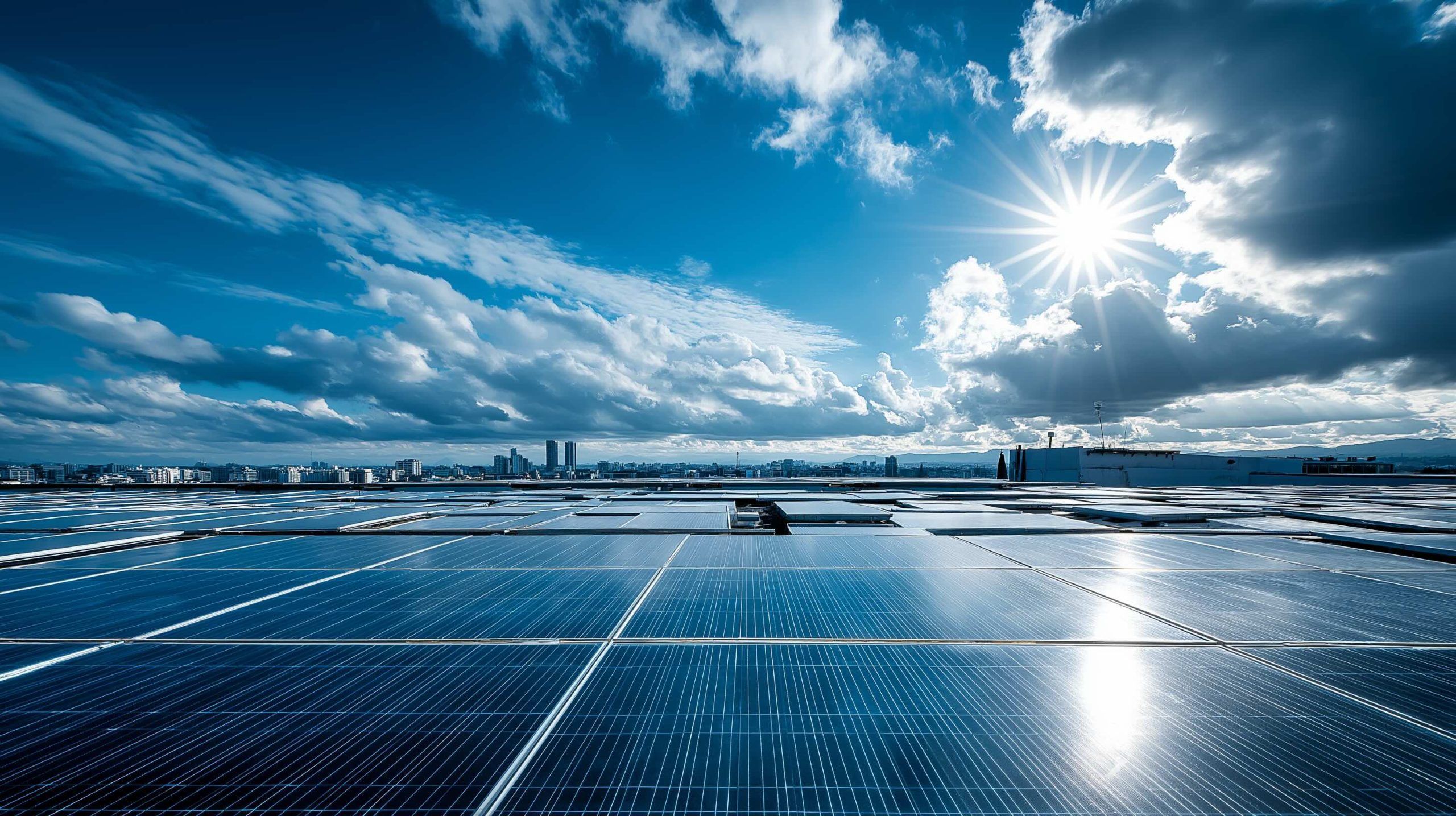
Recycling Stock Mania: One & One Green (YDDL) Soars 100% After Nasdaq Debut – Is This Green Tech Gem Real or Hype?
Company Overview One & One Green Technologies (YDDL) is a Philippines-headquartered recycling company. It describes itself as “a waste materials and scrap metal recycling company” that processes discarded electronics and industrial scrap into reusable materials globenewswire.com. Through its Philippine units,



